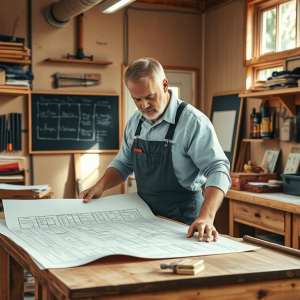Last Updated on April 21, 2025 by teamobn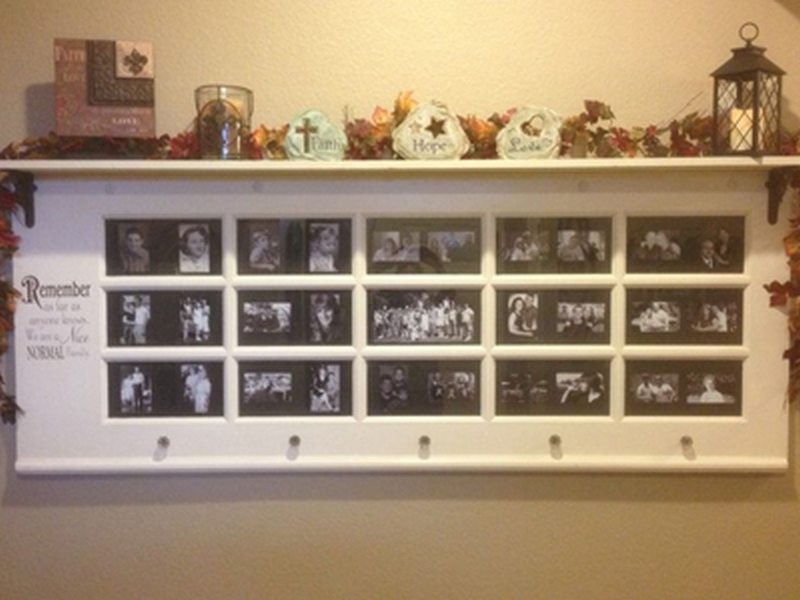
Here’s a perfect project for your hallway or entry. A Hallway Mantle from your old doors. Do you have a door in your home you aren’t using anymore? Know the many clever uses for it for the hallway!
A Mantle is a decorative piece of wood or stone that is placed over the main door of the house. It is usually used as a decorative piece and is considerably thicker than the regular door casing.
The brackets are the mainstays of this piece of wood. It can be carved or painted. A door mantle is a freestanding unit that is attached to the wall at the top of the door frame.
It is most commonly used in the foyer area of a home. It is not typically used for storage. It is, however, an amazing way to showcase your favorite items, such as family photos, decorations, and awards.
Mantle also refers to the decorative frame above a fireplace, typically the place where the family coat of arms is hung.
If your old door is a glass door, then you can use it to display your favorite family photos. Or perhaps you have a solid door? Then why not apply chalkboard paint or a sticky back chalkboard roll so that you can use it to leave notes or get the whole family organized?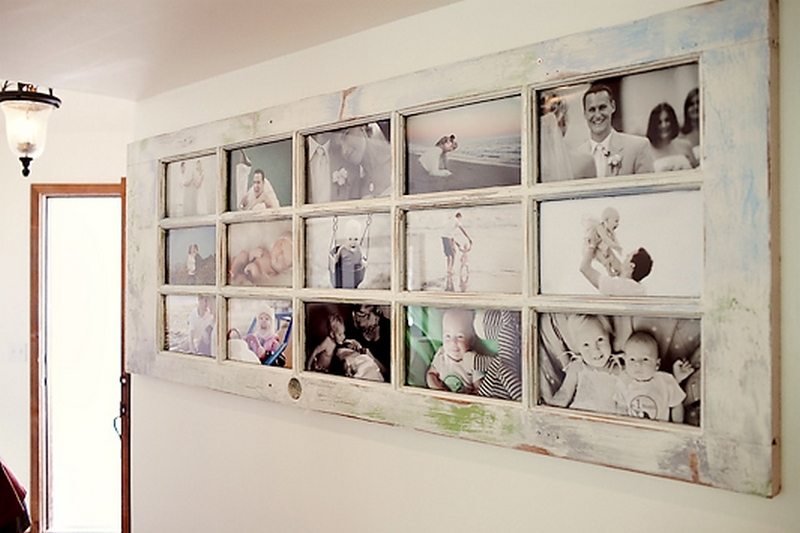
You can add many nifty features to a door that is no longer needed. Be creative, and have fun with it. Mounting hooks for coats or keys, and adding a shelf can make the converted door an organizational tool on your hallway mantle.
You can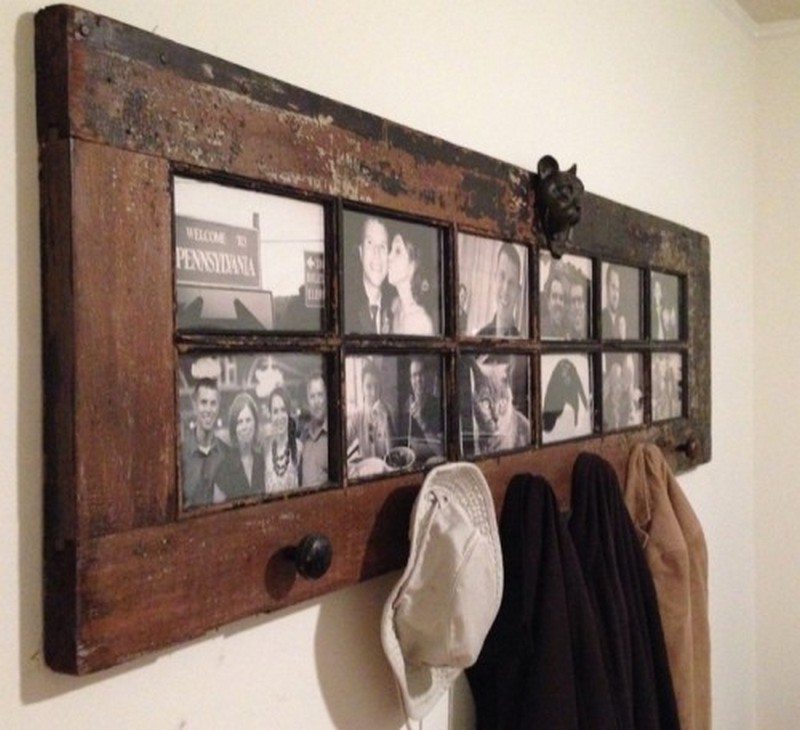
But, if you don’t have any, then start calling friends and relatives, or visit your favorite local thrift store. 🙂
Click on any image to start the lightbox display. Use your Esc key to close the lightbox. You can also view the images as a slideshow if you prefer 😎
Hallway Door Upcycled Projects
Photo Organizer with Coat Rack
As mentioned, this hallway mantle will feature your favorite photos and will also be a pretty coat rack. This will not only serve as a home’s mini-gallery but it will also be an additional storage for your coats and hats.
Bulletin Board
This repurposed door hallway mantle can also serve as a bulletin board. A place where you can post or leave notes for your loved ones when you’re not around. Or somewhere to post your favorite menu just in case you’re not around, other family members can still prepare it.
You may also use it as a post-it board where you post the to-do list for all your family members to help you with the house chores. It can also serve as a place to store your monthly bills instead of attaching them to the fridge door.
An Altar
An altar hallway mantle is a mantle that is adorned with three-dimensional objects, usually sculptures or statues. It is usually found in a hallway, which is a place in the house where it is common for the householders to display the objects which they treasure the most.
Such a hallway is usually the most prominent area in the house, which is why it is used not just for fashion but also for affirmation. It can be a place in a home where pictures, candles, and other items are kept to honor loved ones who have passed on.
The shelf can also be an ideal place to display your beloved collection of collectibles that you have gathered over the years.
Safety Tips When Working with Old Doors
Hallway door upcycled projects are creative and rewarding, but they come with safety risks you shouldn’t ignore. Old doors can be coated with lead paint, have unstable joints, or be riddled with rusty hardware. Before you get started on your project, take a few important safety steps to protect yourself and your space.
Check for Lead Paint
If the door was made before 1978, there’s a strong chance it contains lead-based paint. Sanding or stripping lead paint without precautions can release harmful dust into the air. Use a lead test kit to check the paint before working. If it tests positive, use a chemical stripper made for lead paint or have the paint professionally removed.
Inspect for Rot and Infestations
Look closely at the wood for signs of rot, mold, or termite damage. Soft, crumbling wood isn’t just difficult to work with — it’s structurally unsound and may introduce pests into your home. If you find extensive damage, it’s better to pass on that piece and look for another candidate for your hallway door upcycled projects.
Remove Old Hardware with Caution
Rusty nails, hinges, and screws can cause injury or tear your gloves if not handled carefully. Wear thick gloves and use the right tools to remove hardware slowly and securely. Keep your workspace tidy to avoid stepping on or brushing against sharp parts.
Work in a Well-Ventilated Area
Painting, stripping, or sealing often involves strong fumes. Work outdoors when possible or open windows and doors to keep air moving. A fan and a respirator mask can add extra protection, especially if you’re sanding or using harsh chemicals.
Wear Proper Safety Gear
Even small hallway door upcycled projects can expose you to splinters, metal shards, or dust. Protect your hands with gloves, your eyes with safety glasses, and your lungs with a respirator mask. Long sleeves and sturdy shoes are also recommended when cutting or sanding large door sections.
Lift and Secure the Door Safely
Doors are heavy, awkward, and often wider than your arm span. Always lift with your legs, not your back, and ask someone to help when moving a door. Use clamps or a stable sawhorse to keep the door secure while you work on it.
Taking these precautions seriously can make all the difference. Hallway door upcycled projects can be safe and enjoyable if you prepare properly and prioritize health and safety at every step.
How to Choose the Right Door for Your Project
Picking the right door is one of the most important steps in any hallway door upcycled project. Not all doors are made the same. Some are easier to work with, while others may be too damaged or too lightweight to support shelves or hooks. Choosing wisely saves you time, effort, and frustration later on.
Solid Core vs. Hollow Core
Solid core doors are usually heavier and more durable. They provide better support if you plan to hang items, add shelves, or mount anything with weight. Hollow core doors are lighter and often cheaper, but they can be flimsy and limit what you can attach to them. For hallway door upcycled projects that involve structural elements like coat racks or display shelves, go with a solid core door.
Inspect for Damage and Warping
Check the door thoroughly for cracks, deep dents, rot, or warping. Surface scratches can be sanded down or filled, but structural issues make the door hard to work with. Warped doors won’t sit flat against walls or floors, which can throw off the balance of your finished piece.
Consider the Style and Paneling
Pay attention to the door’s design. Paneled doors, especially those with raised or recessed details, can add character to your finished piece. Flat doors offer a blank canvas for chalkboard paint, mirrors, or stenciling. The style should match your vision and fit in with your hallway’s existing decor.
Measure for Fit and Function
Take measurements of your hallway before choosing a door. Make sure the door will fit the space vertically and horizontally, especially if you’re adding features like hooks, shelves, or artwork. Some hallway door upcycled projects may need the door to be cut down to size, so choose a door that gives you that flexibility.
Where to Source the Best Doors
You don’t have to spend a lot to find the perfect door. Check out architectural salvage yards, flea markets, demolition sales, or even ask friends and neighbors. Look for doors that are still structurally sound and haven’t been exposed to excess moisture.
Hallway door upcycled projects begin with choosing the right base. A good door is more than just a surface — it’s the foundation of your design. Spend a little extra time choosing well, and your finished project will last longer and look better.
Hallway Door Upcycled Projects

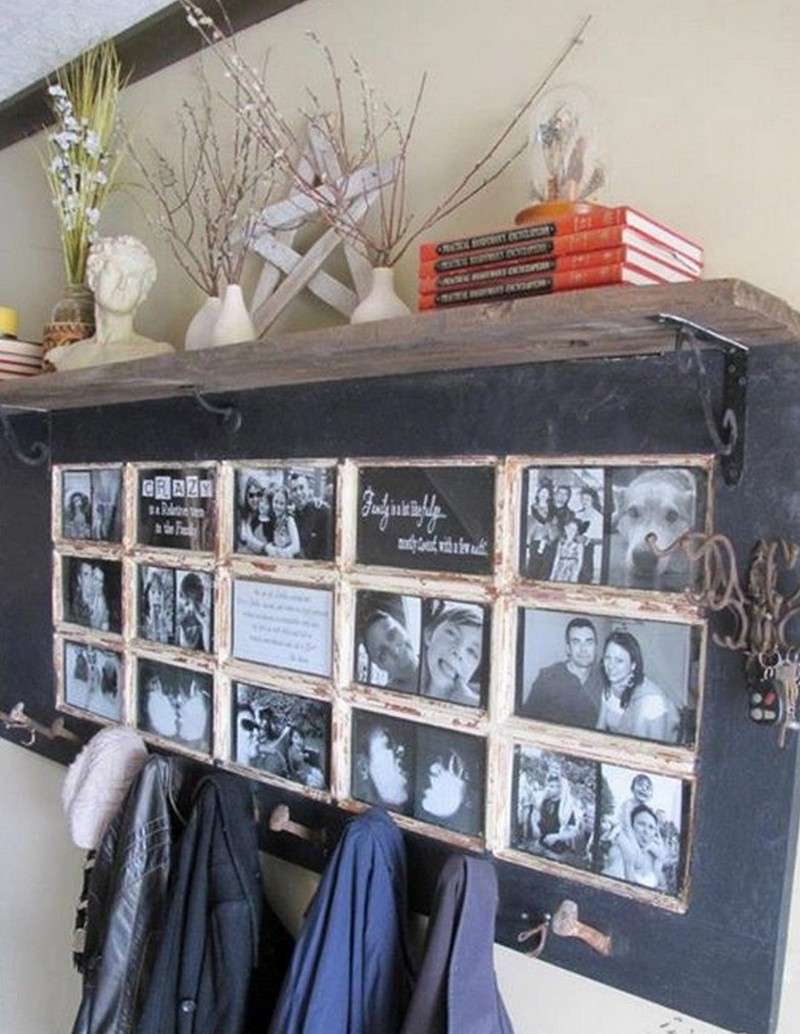
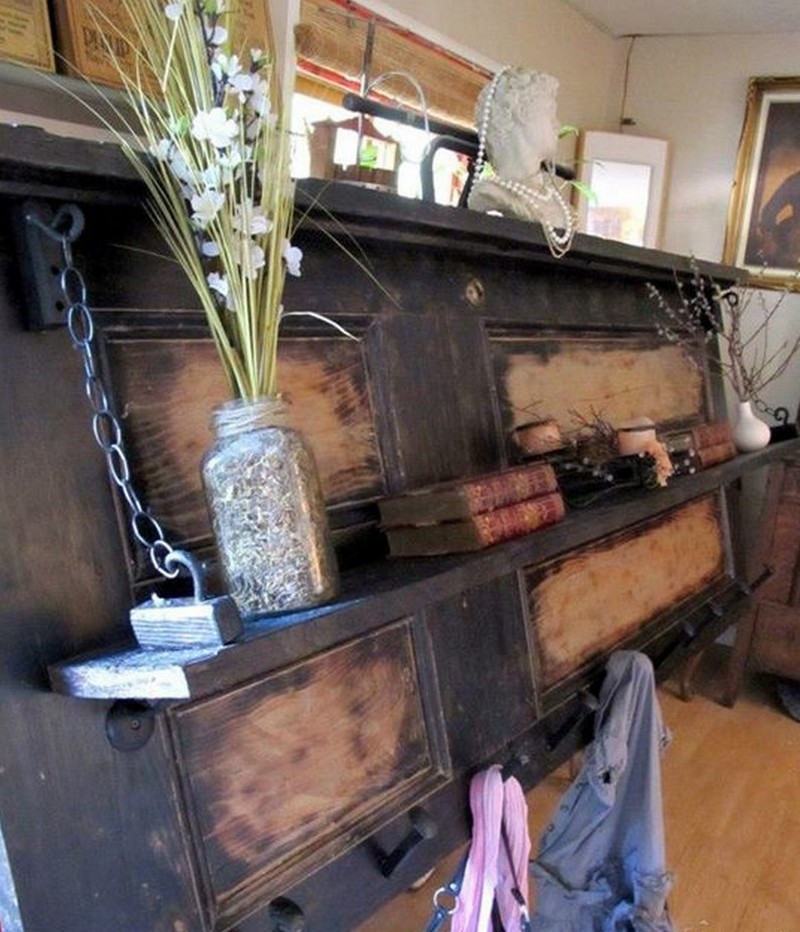
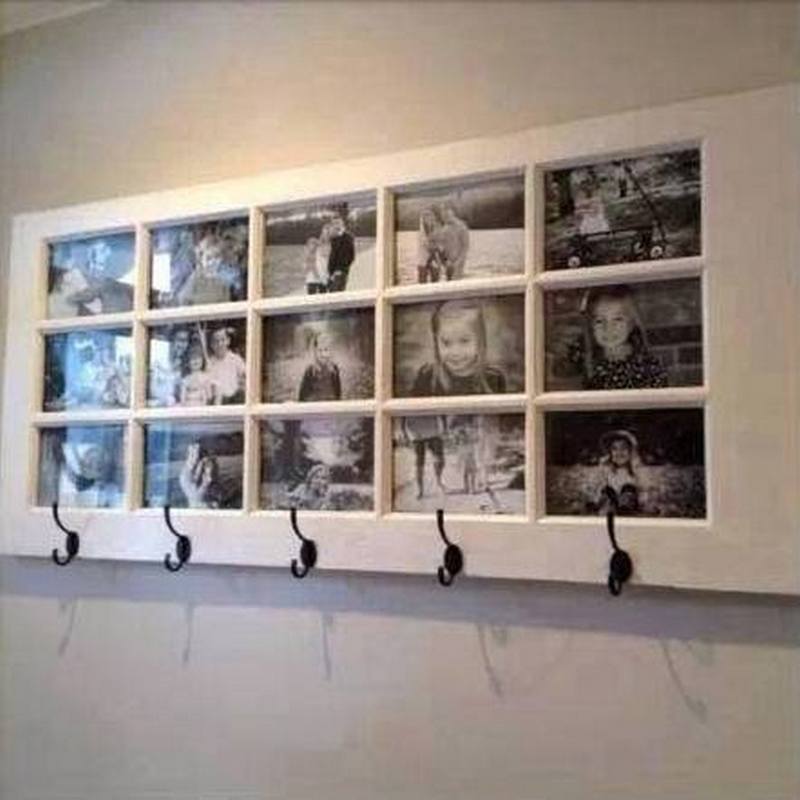



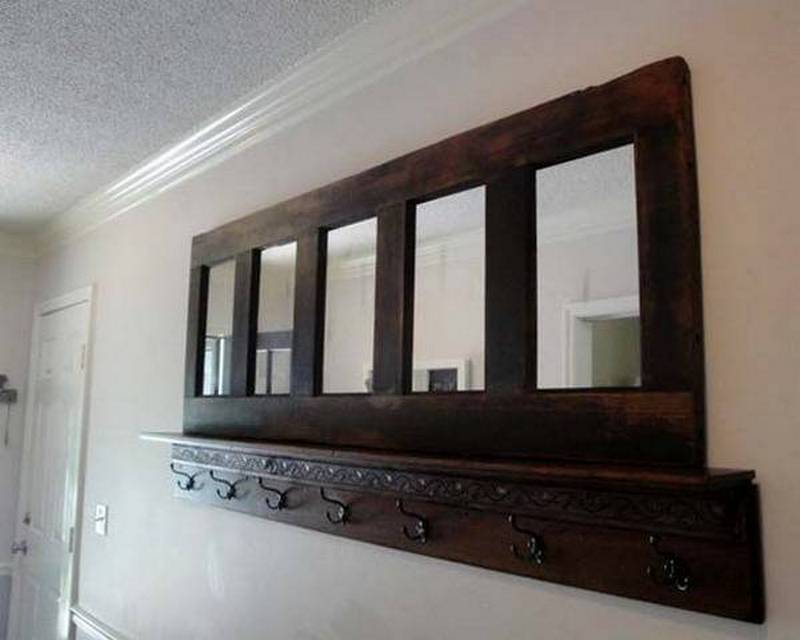
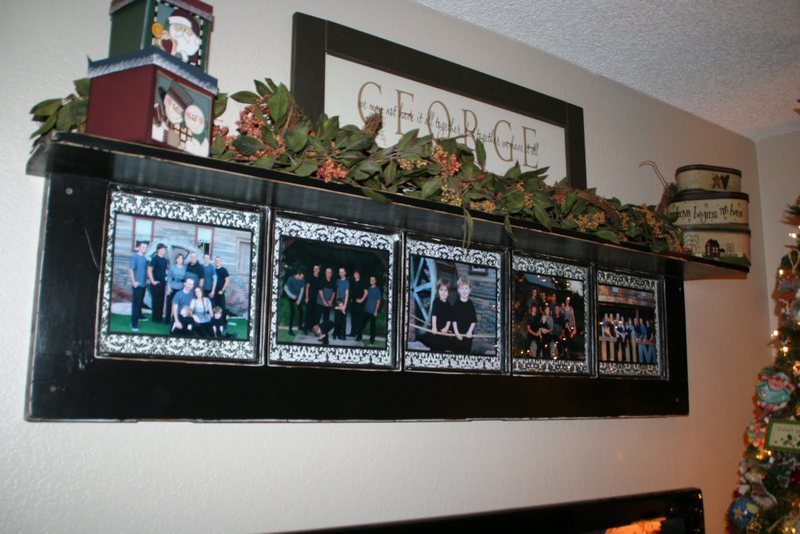
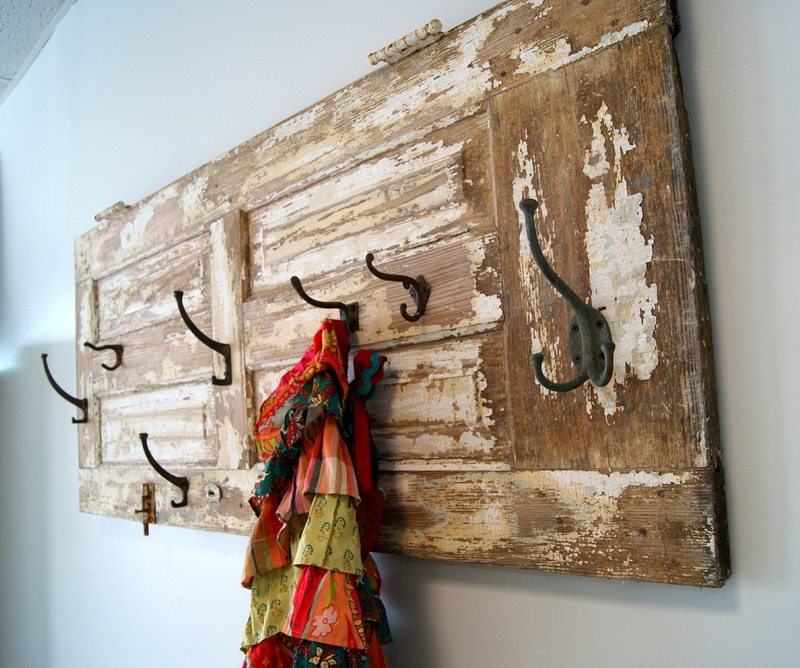
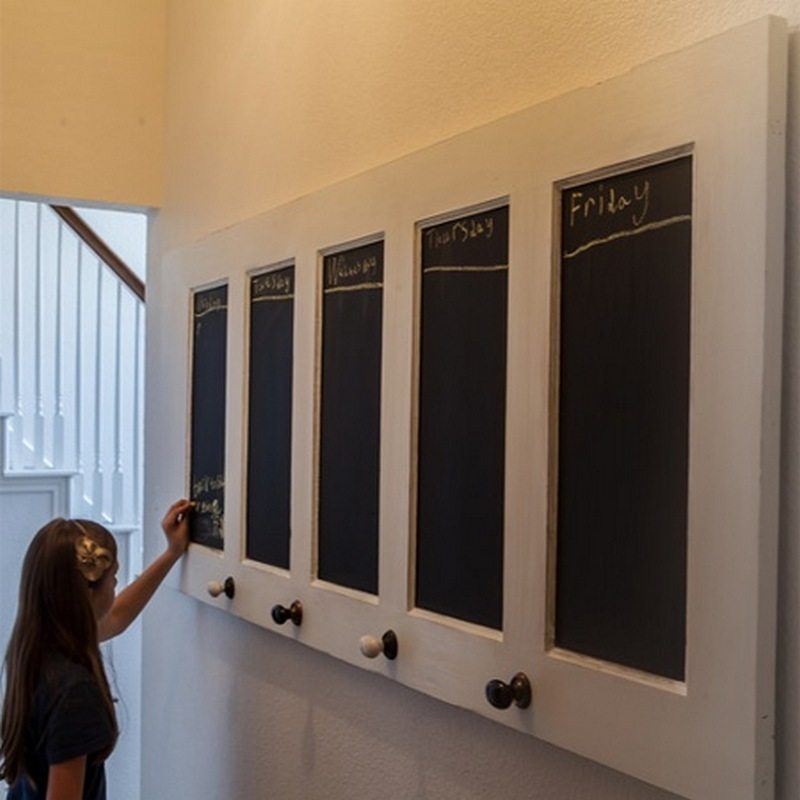
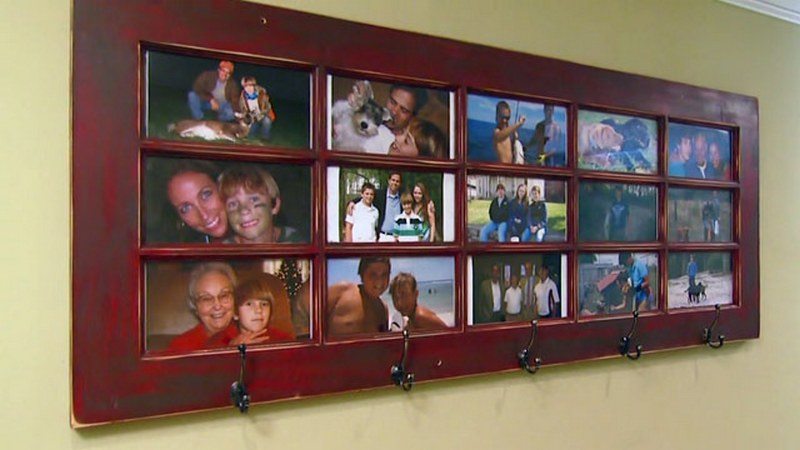
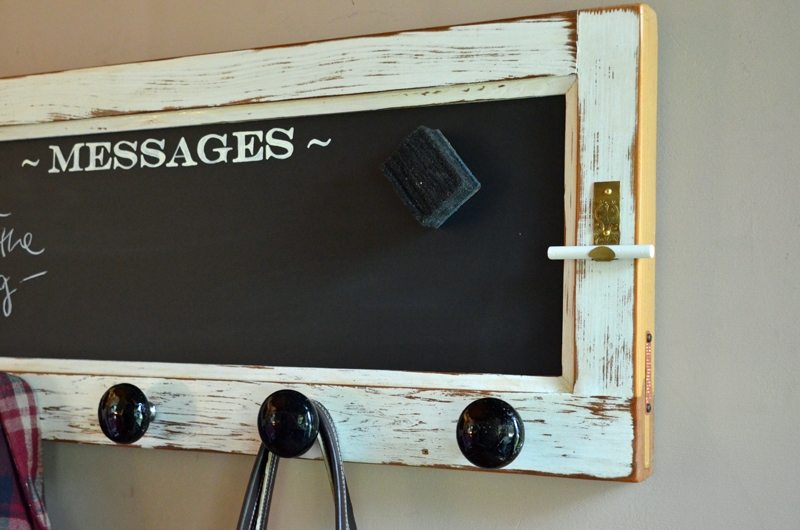

Finishing Techniques to Make Your Upcycled Door Look Professional
The right finish can take hallway door upcycled projects from rough and rustic to polished and purposeful. Whether you’re aiming for a vintage look or a clean modern aesthetic, how you prep and finish the surface makes all the difference. Even a door pulled from a salvage pile can look high-end with the right techniques.
Start with Proper Surface Preparation
Begin by removing any old paint, stickers, or hardware. Sand the entire door to create a smooth surface. If there’s peeling paint or grime, a paint scraper and medium-grit sandpaper will help get the job done. Finish with fine-grit sandpaper to prep the door for primer or stain. Wipe everything down with a damp cloth to remove dust before applying anything else.
Use a Quality Primer
If you’re painting the door, apply a primer suitable for wood or metal, depending on your door’s material. Primer helps the paint adhere evenly and prevents old stains or wood tannins from bleeding through. This step also improves the overall durability of your finish.
Choose the Right Paint or Stain
Water-based paints work well for most indoor hallway door upcycled projects, especially if you want a matte or satin finish. For a distressed or farmhouse look, chalk paint is a popular option and requires minimal prep. If you’re working with a beautiful wood grain, a light stain and sealant will preserve the natural character of the door.
Distressing and Aging Techniques
If you’re aiming for a vintage look, distressing is a simple way to add charm. Use sandpaper to lightly wear down the edges and high-touch areas after painting. You can also apply a glaze or dark wax to crevices and paneling to create depth and aged detail.
Seal It for Durability
Once your design is complete, protect your work. A clear polyurethane or polycrylic topcoat helps preserve the finish and makes it easier to clean. This is especially useful for hallway door upcycled projects that include shelves, hooks, or chalkboard paint, since they’ll see frequent use.
Final Touches Matter
Hardware can elevate your piece. Add decorative knobs, vintage hooks, or even brass nameplates for a custom look. These small details tie the whole project together and make it feel professionally crafted.
Finishing your hallway door upcycled projects the right way not only enhances their appearance but also extends their lifespan. A well-finished piece blends into your home beautifully and showcases your craftsmanship.
Conclusion
Hallway door upcycled projects are a smart and stylish way to give old materials a new purpose. With the right tools and creative ideas, any discarded door can become a statement piece. From functional storage to decorative displays, these projects bring charm and character to your home. Take your time, follow safety steps, and enjoy the process of transforming the forgotten into the unforgettable.
If you liked this project, you will also like viewing these shelves and bookcases…



